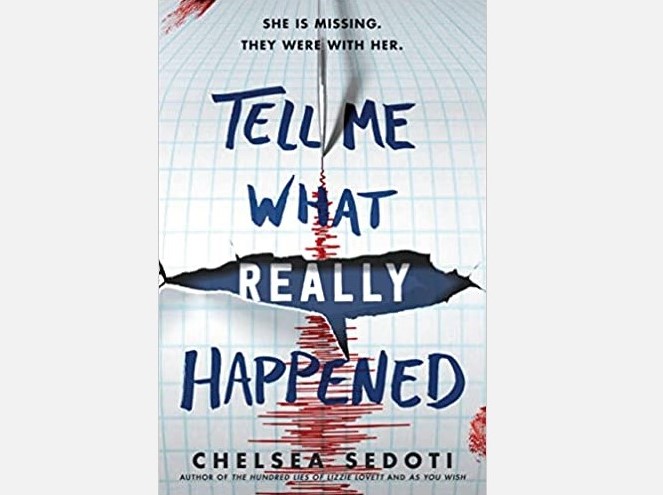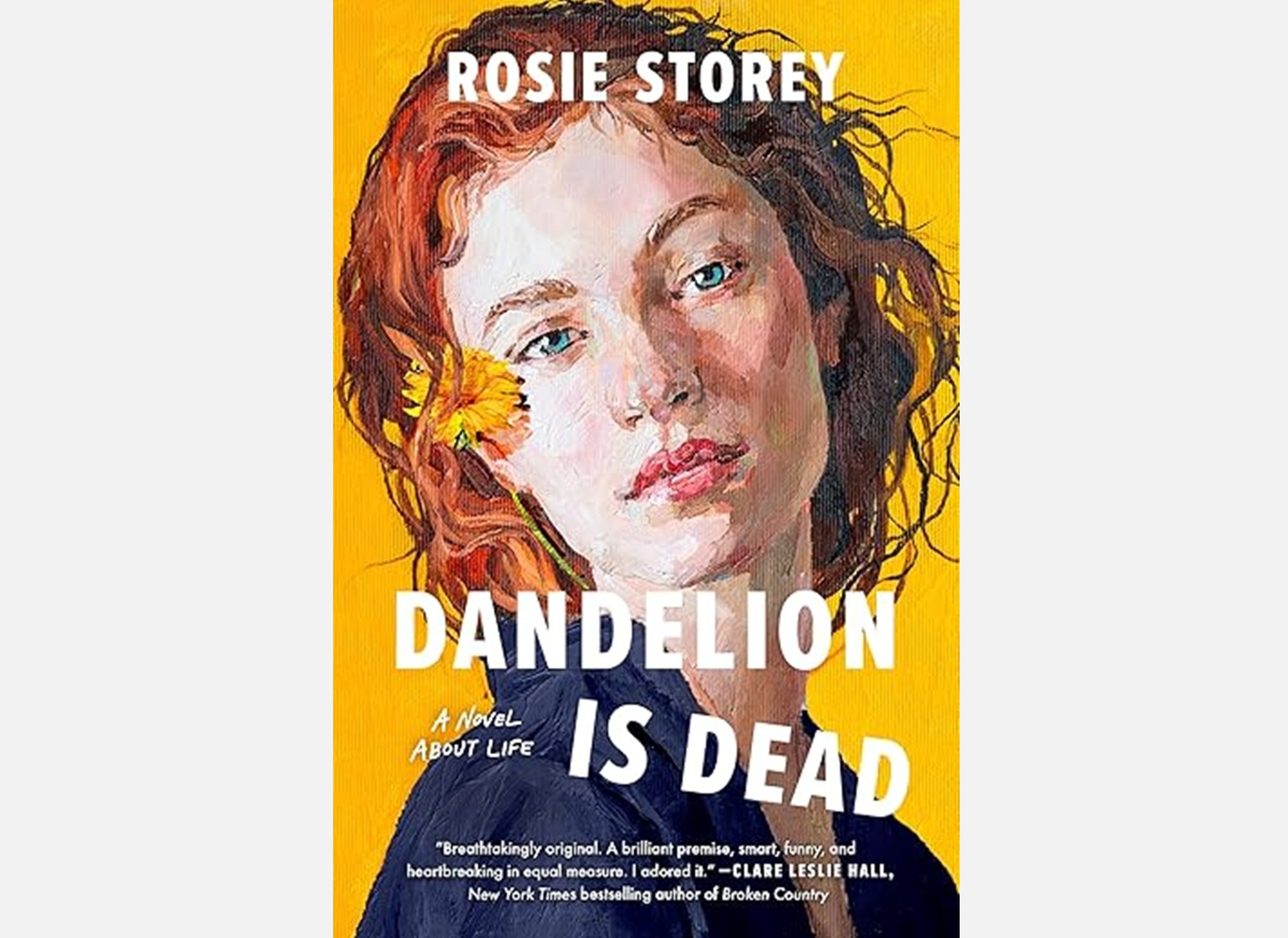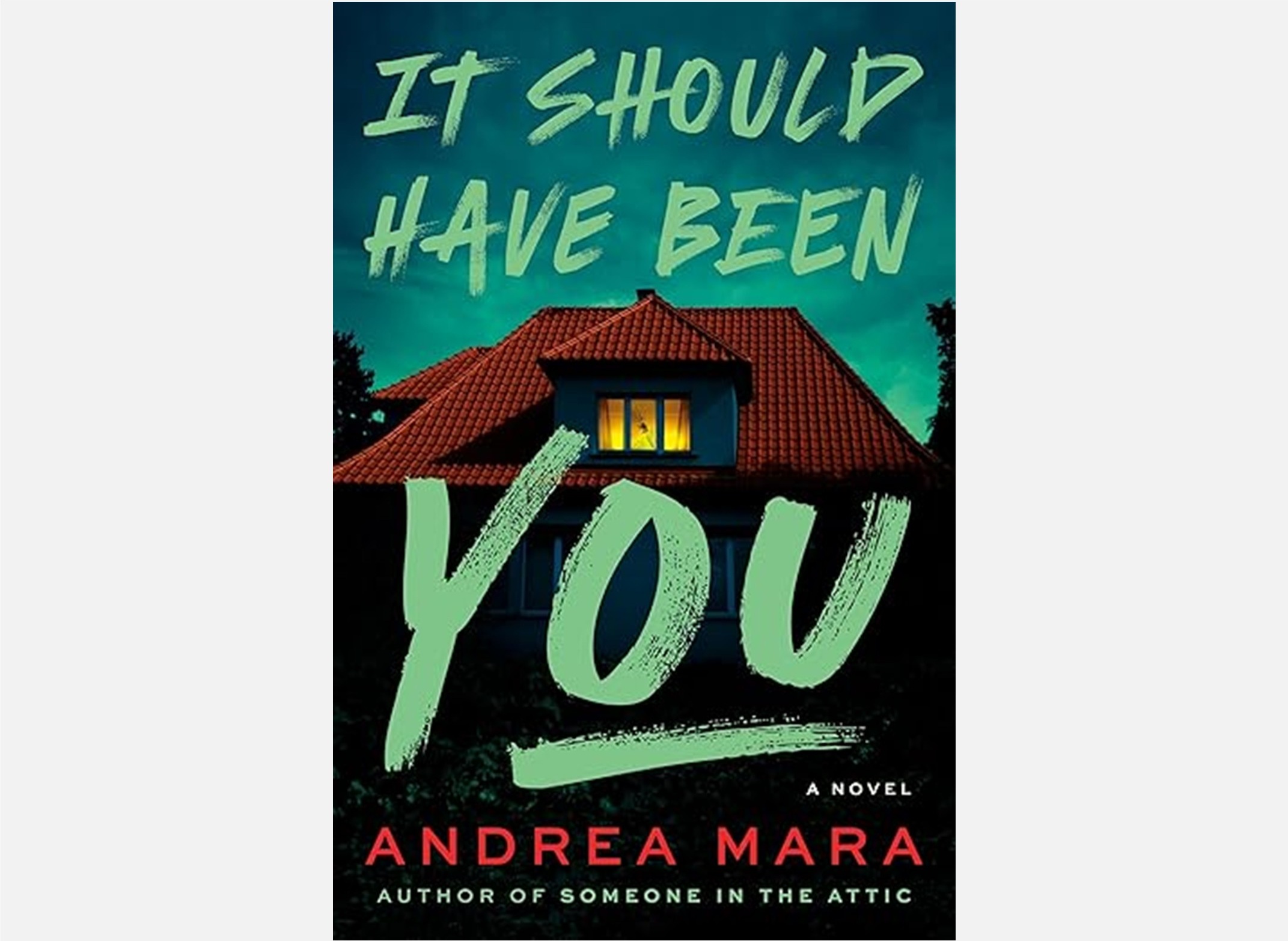Story for the Week
By definition, an unreliable narrator in a book (or any kind of story really) is one whose integrity has been compromised. You can’t really give them the benefit of the doubt. Sometimes they have an ulterior motive, and sometimes their memory is just faulty.
A couple of years ago, I posted “We All Lose Our Minds Sometimes” in which I reviewed And Then You Were Gone By R.J. Jacobs. In this 5-star read, the main character Emily suffers from bipolar disorder and fits the classic definition of an unreliable narrator. As she falls increasingly more into a paranoid and manic state, she begins to doubt her own memories. Of course we as readers doubt them as well. We can’t rely on any of her memories because she doesn’t even know what’s real by a certain point in the book.
The well-executed use of an unreliable narrator makes for a suspenseful story and usually a good twist ending. In real life, we’re all unreliable narrators to a degree. Think about the number of times you told a story and the person you were with said, “that’s not what happened.” You were both there. You both experienced the exact same thing, but you remember it completely differently. Who’s to know which of you is correct or if the reality lies somewhere in the middle?
Or you’ll be talking about one thing and maybe thinking about something else, and someone tells you that you misspoke. You are adamant that you didn’t. Then everyone else confirms that you did, in fact, use the wrong word.
My daughter has been participating in speech for several years now. When she was in middle school, it was declamation, and two of her classmates performed in the Humorous Duet category. They played a boy and a girl in kindergarten. Near the end of the piece, the boy gets down on one knee as if he’s proposing and asks, “Will you be my girlfriend?” On the evening of the performance, he mistakenly said, “Will you be my boyfriend?” Everyone caught it…except the boy performing. It got a huge laugh, and everyone told him what he said. He didn’t believe it. He was convinced he didn’t say it wrong until we showed him the video, and then he still didn’t remember saying it wrong.
Think about the dreams we all have that seem so real we don’t believe that they’re really dreams or we wake up heart pounding because it felt so real. We use a Google sheet on a daily basis at work with almost 1,000 rows and about 100 columns of data. We will have to create a new one soon, and I dreamt that I was creating this new one from scratch. I had numbered all the rows, dropped in some headers, and started putting the lists in for data validation. (If you have no idea what I’m talking it, don’t worry. The point is that I was dreaming about something for work.)
It was an incredibly realistic dream, so much so that I told my boss about it. And then I woke up.
Did you catch that? I woke up…because I dreamt about telling my boss about the dream I had about the Google sheet. When I really woke up, I actually did tell my boss about the dream. We shared a good laugh about it and both agreed I was thinking about work altogether too much.
All of us are unreliable narrators because we’re human, we fill in the gaps in our own memories with what feels like reality because our memories aren’t perfect. And when it comes to books, that’s probably why unreliable narrators can be so effective because all of us can relate.
Book Review
⭐⭐⭐
3 Stars for Tell Me What Really Happened by Chelsea Sedoti
416 pages
Publisher: Sourcebooks Fire
Publication Date: April 4, 2023
I received an advance copy of this title from NetGalley and Sourcebooks Fire.
Publisher’s Description
It was all her idea. They would get away from their parents and spend the weekend camping. Down by Salvation Creek, the five of them would make smores, steal kisses, share secrets.
But sometime around midnight, she vanished.
Now the four friends who came back are under suspicion―and they each have a very different story to tell about what happened in the woods.
The clock is ticking. What are they hiding? Who is lying? Dark truths must come to light if their friend is to be found….
Told entirely through first-person police interviews, this riveting mystery asks: what really happened that night?
************
Main Characters:
- Maylee Hayes – pretty and popular high school girl, aspiring social media influencer, planned a camping trip to Salvation Creek and vanished sometime during the night
- Petra Whitfield – Maylee’s best friend, planned the camping trip with Maylee, Nolan’s stepsister, her father is a Lieutenant on the police force
- Nolan Anderson – Petra’s stepbrother, isn’t thrilled about going camping, conspiracy theorist, wholeheartedly believes in Bigfoot and knows a lot about people who have gone missing
- John Massey Jr. – Maylee’s boyfriend, believes he is being accused of a crime because he’s black
- Abigail Buckley – a friend of Maylee’s, kind of an outsider at school, Petra has no idea why Maylee invited her on the camping trip
When I review teen/young adult books, I give a little more leeway in the suspension of disbelief department. In this case, I had to keep reminding myself that it is not meant to be adult fiction. Teens will definitely gloss over a lot of the challenges I had with the structure of the story. Overall, I still felt it was just okay.
The books presents a diverse cast of characters. Petra is the know-it-all, super planner with a holier-than-thou attitude. Nolan, the conspiracy theorist, spends all his time researching Bigfoot and disappearances in the woods. John consistently refuses to answer questions on the advice of his lawyer. Abigail rambles and rambles and does not fit in with the group as a whole at all.
A lot of things come out over the course of the questioning. How much does everyone really know about Maylee? Even though they were all in the woods together, none of them recall things the same way. Each of them is unreliable as a narrator, and the reader has to try to piece everything together over the course of the book. In the end, it makes it impossible to guess what really happened, so the reader just needs to let everything play out.
The description of this book intrigued me. The fact that the entire story plays out as first-person police interviews means everything described is suspect. We don’t know who misheard, misunderstood, misspoke. And it’s clear from the start that all of the teens are asked the same questions in different rooms. There are multiple references to “is that what so-and-so said?” And none of them answer the questions the same.
Told from the perspectives of the four teens who make it out of the woods, each chapter starts with a question from the detectives. But the interviews are not dialogs. They’re narrations with “[pause]” written where there might have been a follow-up comment or question…259 of them to be precise. It doesn’t work. The story feels extremely disjointed, and you can’t always figure out what was stated or asked from the context clues in the answer.
Tone of voice is absent in the responses. Were the detectives’ questions pointed or angry or empathetic or belligerent? Without knowing the follow-up questions that were asked or how they were asked, you don’t always know the tone of the response. Are the teens worried, suspicious, scared? Sometimes you know, but there’s enough vagueness that it’s difficult to get lost in the suspense, which is what I want from a thriller.
And finally (before I get to the spoiler of the ending), when someone is answering a question, they’re not going to narrate and describe the scene. The author scatters several of these throughout, and they demonstrate clearly why the format doesn’t work. One from Petra, in particular, made me take a note about it.
“She shrugged and reached back to adjust her braid. The collar of her slouchy sweater slipped off her shoulder, and I considered pointing out that she’d clearly disregarded my advice on wilderness attire. Instead, I said, ‘Okay, I get it.’ I started moving toward the car, and Maylee was forced to follow, the cooler between us bumping against our knees.”
This was narration, which this book claims not to be. No one speaks like that when answering a question, especially not a teenager.
***SPOILERS*** SPOILERS***SPOILERS***
Now to the ending, which I found really disappointing. I knew it wasn’t going to be the boyfriend. Too obvious. And I didn’t think at the beginning that it would be Petra. But when Maylee disappears, Petra finds her in a cabin in the woods, which she then discovers belongs to Abigail’s father.
Throughout the book, both the reader and Petra discover that Petra doesn’t know Maylee as well as she thinks. Their “best friend” status is more one-sided, and Petra obsesses a bit over Maylee. When Petra discovers Maylee’s plan to get “lost” in the woods for a couple of weeks and then find her way out as a way to become Internet famous, Petra thinks it’s over the top. Then when she finds out that it’s Abigail’s dad’s cabin and about the secrets Abigail knows that Petra doesn’t, she’s angry. Angry enough to shoot Maylee? Not in the author’s view apparently, but I really felt that was how it should have played out. It would have been perfect because she was such a convincing liar.
Instead it’s Nolan…drunk, obsessed with Bigfoot, paranoid, convinced they’re being watched, only went on the camping trip to keep the girls safe. When he sees Maylee, he mistakes her for a Bigfoot and shoots her. Honestly, I would have rather had it be a murder that Petra spent her entire interrogation trying to cover up by talking about how close she and Maylee were. It would have been a more convincing and satisfying ending.
If you enjoyed this post, please comment below. Subscribe for regular updates, and share it with your friends. If you’re interested in starting a conversation, send an email to booksundertheblanket@gmail.com.
As an Amazon affiliate, I earn a small commission at no cost to you when you make a purchase using the links on my site.




